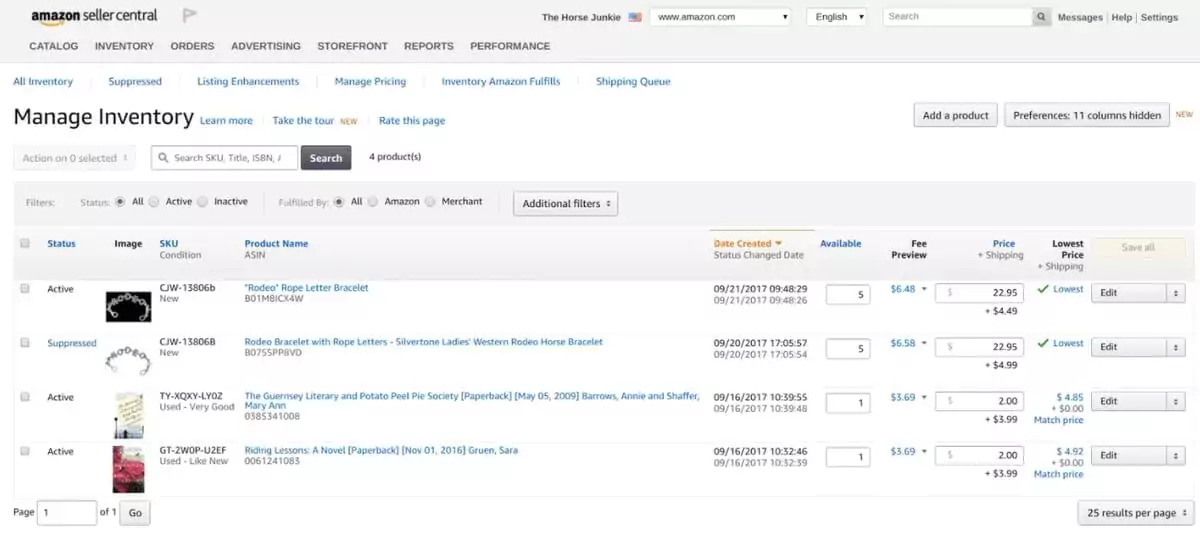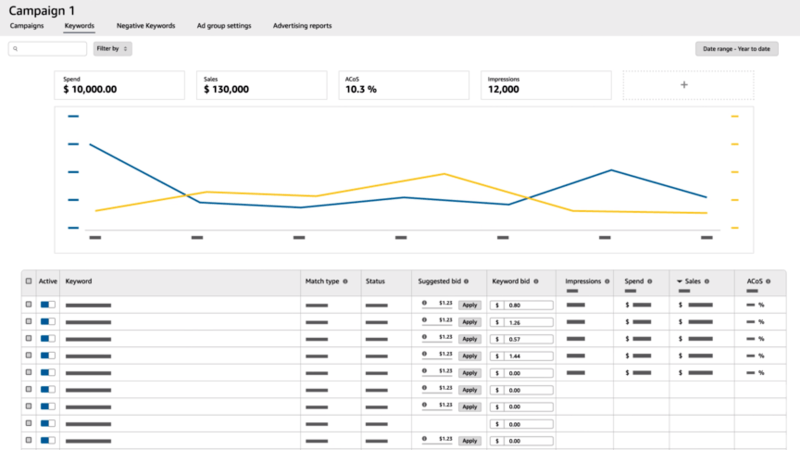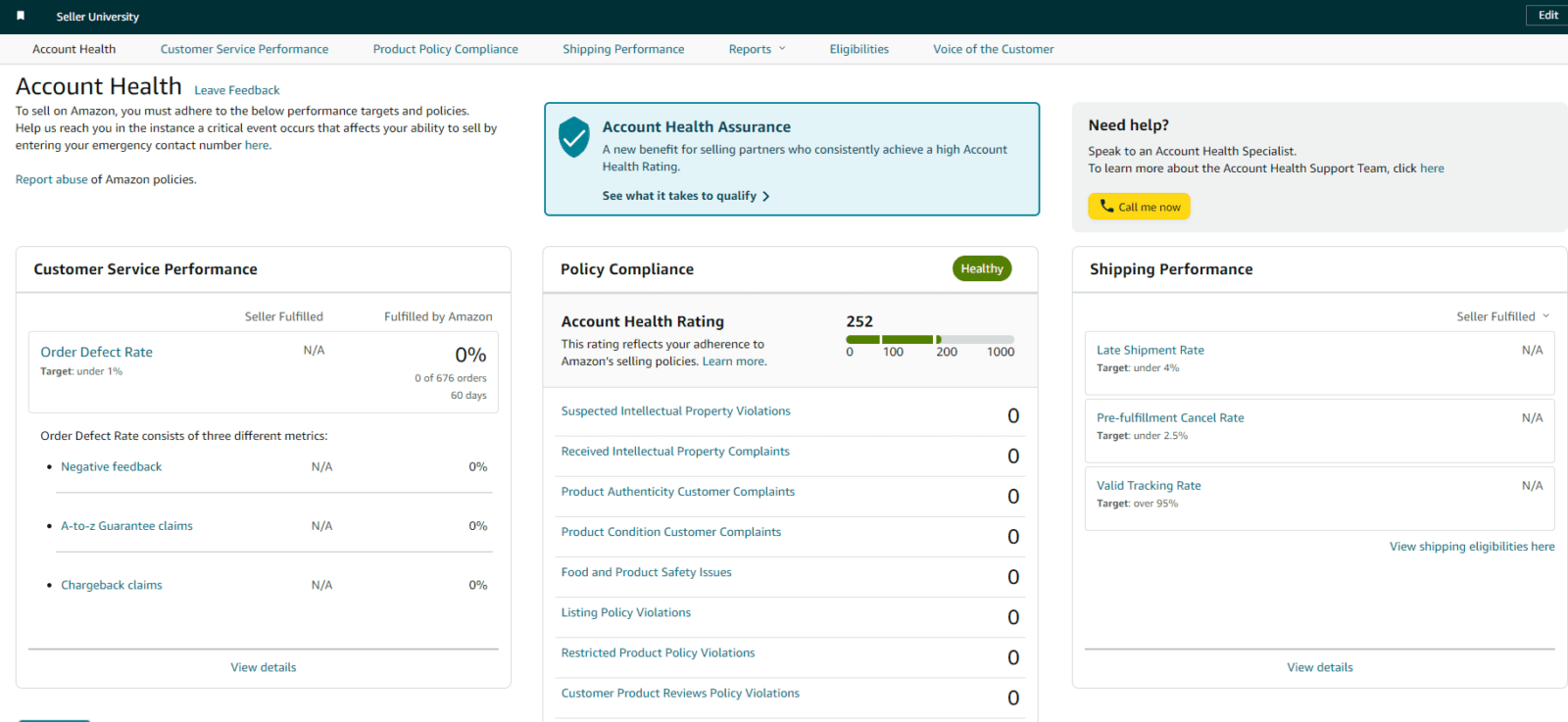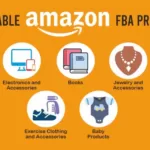How to Become a Seller on Amazon: Your Step-by-Step Guide

Are you interested in starting your own online business and tapping into the vast potential of e-commerce? Becoming a seller on Amazon can be an excellent opportunity to showcase your products to a global audience and establish a profitable venture. In this comprehensive guide, we’ll walk you through the process of becoming a successful Amazon seller, from setting up your account to optimizing your listings for maximum visibility. Let’s dive in!
With the exponential growth of online shopping, Amazon has emerged as a powerhouse in the e-commerce industry. It boasts millions of daily visitors, making it a prime platform for sellers to showcase their products and reach a massive audience.
Why Sell on Amazon?
Amazon offers an unparalleled level of exposure, a streamlined selling process, and a robust infrastructure for order fulfillment. By leveraging Amazon’s reputation and customer trust, you can significantly boost your sales potential.
Getting Started

Creating Your Amazon Seller Account
The first step to becoming an Amazon seller is to create your seller account. Visit the Amazon Seller Central platform and follow the step-by-step instructions to set up your profile.
Choosing Your Selling Plan
Amazon offers two main selling plans: Individual and Professional. Choose the plan that aligns with your business goals and projected sales volume
Selecting Your Niche

Researching Market Trends
Before deciding on a product, conduct thorough market research to identify trends, demand levels, and potential competition. Use tools like Jungle Scout or Helium 10 for insights.
Identifying Profitable Product Categories
Focus on product categories that have a balance between demand and competition. Look for niches where you can add unique value to stand out.
Sourcing or Creating Your Products
Finding Reliable Suppliers
Whether you’re sourcing products locally or internationally, establish relationships with trustworthy suppliers who can consistently deliver quality items.
Ensuring Product Quality
Quality is paramount. Inspect samples before finalizing suppliers and maintain a high standard to uphold your brand’s reputation.
Listing Your Products

Writing Compelling Product Titles
Craft clear, descriptive, and keyword-rich titles that accurately represent your product and resonate with potential buyers.
Crafting Detailed Descriptions
Write informative product descriptions that highlight features, benefits, and usage instructions. Use bullet points for easy readability.
Adding High-Quality Images
High-resolution images showcase your product’s details. Include multiple angles and use white backgrounds for a professional look.
Optimizing for SEO
Using Relevant Keywords
Integrate relevant keywords into your product titles and descriptions to enhance search visibility. Use tools like Keyword Tool and Sonar to discover keywords.
Writing Keyword-Rich Bullet Points
Create succinct bullet points that emphasize key product features and benefits. Incorporate keywords naturally to improve SEO.
Setting Competitive Prices
Analyzing Competitors’ Pricing
Research your competitors’ prices to set competitive yet profitable pricing for your products. Consider factors like brand positioning and product quality.
Factoring in Fees and Expenses
Take into account Amazon’s referral fees, fulfillment fees, and any other associated expenses when calculating your product’s selling price.
Managing Inventory

Avoiding Stockouts
Monitor your inventory levels closely and replenish products in a timely manner to avoid running out of stock during peak demand periods.
Handling Excess Inventory
If you have excess inventory, consider running promotions or bundling products to incentivize purchases and clear out surplus stock.
Fulfillment Methods
Fulfillment by Amazon (FBA)
With FBA, Amazon handles storage, packaging, and shipping. This program is ideal for hands-off fulfillment and reaching Prime customers.
Fulfillment by Merchant (FBM)
FBM allows you to fulfill orders directly. This gives you more control over the process but requires managing shipping logistics.
Customer Service Excellence
Providing Prompt Responses
Respond promptly to customer inquiries and provide exceptional service. Positive interactions can lead to repeat business and positive reviews.
Handling Returns and Refunds
Have a clear returns policy and process in place. Make the return experience smooth for the customer to maintain satisfaction.
Marketing Your Products

Running Amazon PPC Campaigns
Utilize Amazon’s Pay-Per-Click (PPC) ads to increase product visibility and drive targeted traffic to your listings.
Leveraging Social Media and Influencers
Promote your products on social media platforms and collaborate with influencers to expand your reach beyond the Amazon ecosystem.
Gaining Positive Reviews
Encouraging Satisfied Customers to Leave Reviews
Reach out to customers who have had a positive experience and kindly request them to leave a review. Positive reviews build trust.
Dealing with Negative Feedback
Address negative feedback promptly and professionally. Showcase your commitment to customer satisfaction by resolving issues.
Monitoring Performance Metrics

Tracking Sales and Traffic
Regularly analyze your sales data and traffic metrics to identify trends, popular products, and areas for improvement.
Adapting to Changes
Stay adaptable to changes in the e-commerce landscape. Continuously refine your strategies based on performance insights.
Scaling Your Business
Expanding Your Product Line
As your business gains traction, consider diversifying your product range to cater to different customer preferences.
Exploring International Markets
Expand your reach by exploring international Amazon marketplaces. Tailor your approach to suit the preferences of each market.
Conclusion
Becoming a successful Amazon seller requires a combination of strategic planning, attention to detail, and continuous adaptation. By following this comprehensive guide, you’ll be well-equipped to navigate the exciting world of e-commerce and establish a profitable business on Amazon.
FAQs
- Q: How much does it cost to become an Amazon seller?
- A: Amazon offers both Individual and Professional selling plans. The Individual plan has a per-item fee, while the Professional plan has a monthly subscription fee.
- Q: Can I sell any type of product on Amazon?
- A: Amazon has specific guidelines and restrictions for certain product categories. Ensure your products meet Amazon’s requirements before listing them.
- Q: What is Fulfillment by Amazon (FBA)?
- A: FBA is a program where Amazon handles storage, packaging, and shipping of your products, providing a convenient and reliable fulfillment solution.
- Q: How important are customer reviews for my Amazon business?
- A: Customer reviews play a crucial role in building trust and influencing purchase decisions. Positive reviews can significantly impact your sales.
- Q: Can I change my product prices after listing them on Amazon?
- A: Yes, you can adjust your product prices as needed. Regularly monitor your competitors and market trends to remain competitive.



